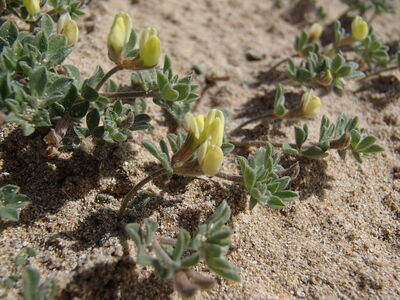Native to:
Afghanistan,
Albania,
Algeria,
Altay,
Angola,
Austria,
Azores,
Baleares,
Baltic States,
Belarus,
Belgium,
Bismarck Archipelago,
Bulgaria,
Burundi,
Cameroon,
Canary Is.,
Cape Provinces,
Cape Verde,
Central European Rus,
Chad,
China North-Central,
Corse,
Cyprus,
Czechoslovakia,
Denmark,
Djibouti,
East Aegean Is.,
East European Russia,
East Himalaya,
Egypt,
Eritrea,
Ethiopia,
Finland,
France,
Føroyar,
Gambia,
Germany,
Great Britain,
Greece,
Gulf States,
Hungary,
India,
Inner Mongolia,
Iran,
Iraq,
Ireland,
Italy,
Japan,
Kazakhstan,
Kenya,
Kirgizstan,
Korea,
Krasnoyarsk,
Kriti,
Krym,
Kuwait,
KwaZulu-Natal,
Lebanon-Syria,
Libya,
Madeira,
Malawi,
Mali,
Manchuria,
Mauritania,
Mongolia,
Morocco,
Mozambique,
Myanmar,
Nansei-shoto,
Nepal,
Netherlands,
New Caledonia,
New Guinea,
New South Wales,
Niger,
Nigeria,
North Caucasus,
North European Russi,
Northern Provinces,
Northern Territory,
Northwest European R,
Norway,
Oman,
Pakistan,
Palestine,
Poland,
Portugal,
Queensland,
Romania,
Rwanda,
Sardegna,
Saudi Arabia,
Selvagens,
Senegal,
Sicilia,
Sinai,
Socotra,
Somalia,
South Australia,
South European Russi,
Spain,
Sudan,
Swaziland,
Sweden,
Switzerland,
Tadzhikistan,
Taiwan,
Tanzania,
Tasmania,
Tibet,
Transcaucasus,
Tunisia,
Turkey,
Turkey-in-Europe,
Turkmenistan,
Tuva,
Uganda,
Ukraine,
Uzbekistan,
Vanuatu,
Victoria,
West Himalaya,
West Siberia,
Western Australia,
Western Sahara,
Xinjiang,
Yemen,
Yugoslavia,
Zambia,
Zaïre,
Zimbabwe
Introduced into:
Alabama,
Amsterdam-St.Paul Is,
Antipodean Is.,
Argentina Northeast,
Argentina Northwest,
Argentina South,
Arkansas,
Brazil South,
California,
Chatham Is.,
Chile Central,
Chile South,
Colombia,
Colorado,
Costa Rica,
Easter Is.,
Falkland Is.,
Hawaii,
Iceland,
Idaho,
Illinois,
Kentucky,
Kermadec Is.,
Labrador,
Maryland,
Mexico Northwest,
Minnesota,
Nevada,
New Mexico,
New York,
New Zealand North,
New Zealand South,
Newfoundland,
Norfolk Is.,
Oregon,
Primorye,
Réunion,
South Georgia,
St.Helena,
Tennessee,
Tristan da Cunha,
Uruguay,
Venezuela,
Washington,
Wisconsin







